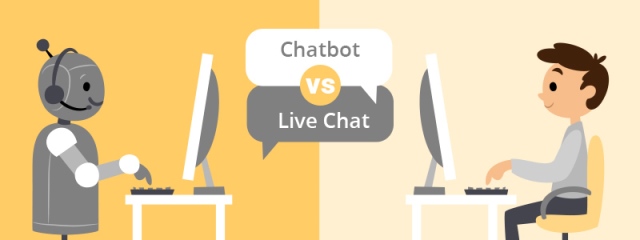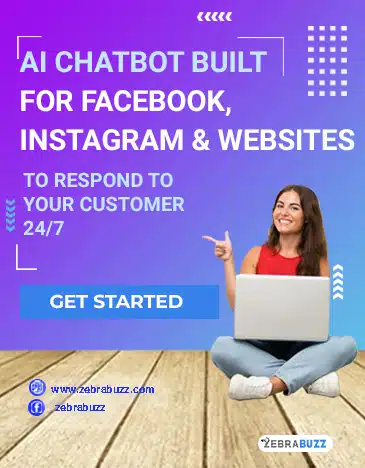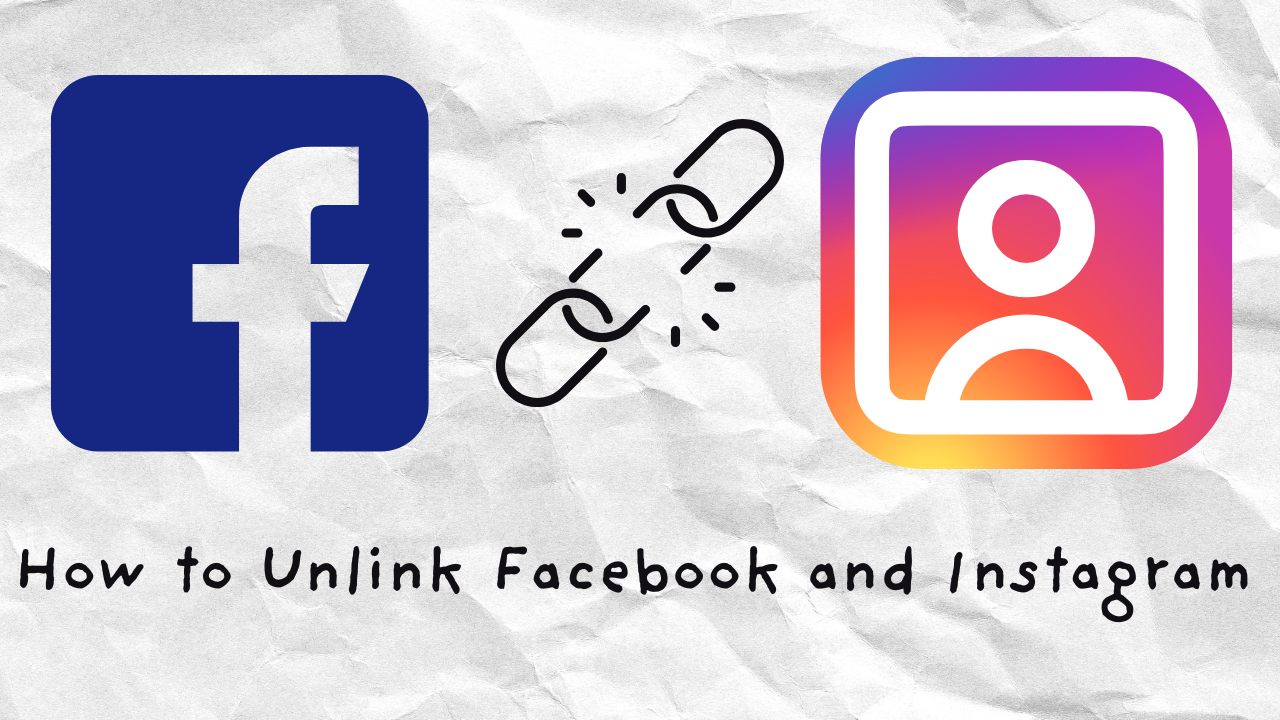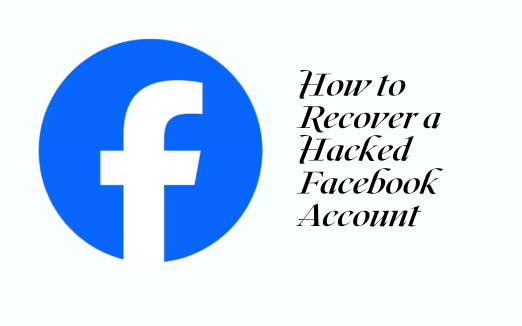What is the difference between a chatbot and live chat? Majority of people who have patronised an online business or enterprise would have experienced at least one of the two.
While their differences are not obvious and can be difficult to spot, there are ways you can identify them.
Most apps or websites nowadays have a chat function; it could be a live chat function or an AI-powered chatbot.
Any 21st-century business that desires to provide quality and customer-driven services must understand that having a live chat function is important.
However, whether your business should choose live chat or integrate smart AI-based chatbots like Zebrabuzz is hinged on several factors which will also be discussed.
What is a Chatbot?
A chatbot is a virtual program that is designed to simulate conversations with human users, usually a business’ customers over the internet.
Chatbots can simulate conversations with a user on websites, mobile applications or messaging platforms like Facebook Messenger.
Some chatbots are so intelligent that you can have a conversation with them just the way you converse with your friends.
While there are different types of chatbots, Artificial Intelligence (AI) powered chatbots can have great conversations with users.
They can also use their intelligence, natural language processing, and machine learning to engage customers as well as learn and improve themselves.
There are two categories of chatbots. While they can be divided into three, they are generally classified as two types.
- Rule-Based or Scripted Chatbots
- Artificial Intelligence (AI-Powered) Chatbots
Rule-Based or Scripted Chatbots
They are the simplest and un-chattiest type of bots available. They are usually programmed to answer the basic questions that users have, like the Frequently Asked Questions.
Conversations with a scripted chatbot are like flowcharts; they are mapped out. There is a pattern to it, and they use sets of pre-defined commands and rules to respond.
Artificial Intelligence (AI-Powered) Chatbots
Artificial intelligence chatbots like Zebrabuzz, for example, are chatbots that are intellectually independent.
They are capable of simulating conversations like humans as well as learning new things to improve themselves. They learn from each conversation to increase their knowledge base.
This is why questions and queries that are structured differently from what has been programmed into them can still be answered.
Through the use of machine learning, natural language processing, semantic comprehension and others, AI-powered chatbots are the smartest kind of bots.
Conversations with them flow naturally, and they can also build on past conversations and questions with a user.
These chatbots can answer Frequently Asked Questions (FAQs), rout a user to an agent for better service, sell products, engage customers, schedule appointments and provide reminders, as well as many other benefits they offer.
Read More: What are the Benefits of Chatbots to a Business?
What is Live Chat?
Live chat is a feature that is usually found on websites (and sometimes applications) which provides users and customers with the chance to connect with a human agent or representative of the company.
Live chat tool can be placed so the queries and questions of users can be attended to. It can also be to provide any form of customer service as well as to complete transactions in some cases.
Difference between Chatbot and Live chat

Now that you have an introduction into what they are, it is time to consider the difference between a chatbot and live chat.
You will also need to examine their differences specifically if your company is trying to choose which one would be the most preferred.
Examining the difference between a chatbot and live chat as well as the type of business you have coupled with other factors, will help you identify the best possible way to connect with your users.
Human and Machine Interaction
The first and obvious difference between a chatbot and a live chat is human and machine interaction.
That is, for live chats, a human carries out interaction while for chatbots, it is a machine.
Sympathy and Ability to Sense Emotions
A chatbot is a machine, and no matter how intelligent it can be, it cannot sense emotions and have sympathy the way a human will.
As humans carry out interactions and conversations in a live chat tool, they can sense frustrations, urgency, anger, happiness, and so on in users and will react accordingly.
At the moment, chatbots cannot sense emotions and hence, cannot provide sympathy asides ethical words like ‘please,’ and ‘thank you.’
However, the best way chatbots can know the feelings of users is through the use of ratings.
You can integrate this into your bot so that after every conversation, users can rate their experience.
The bot may now react based on the choices; whether to thank them and ask them to come again or ask if they would like to speak with a human representative, especially if they are unsatisfied.
Handling Complex Queries
Another difference between a chatbot and live chat is that since live chat interaction is by a human, they are more equipped to handle complex queries.
While there are AI-powered chatbots that have been properly trained to handle complex queries, the majority of companies today are stuck with scripted and command-based chatbots.
Therefore, most times, live chats can handle more complex queries unless a company has an AI-powered chatbot that has been well-trained.
Companies who use command-based bots usually provide opportunities to route a user to a human agent should the bot fail to handle their queries.
Multitasking
Human resources are involved in live chat which means there will be limitations to how much they can multitask.
Human agents are more likely to be unable to handle multiple queries and questions at a time. If you have a big organisation that is constantly having customer queries and requests, this can pose to be a huge problem.
If you decide to hire more human resources, you will accrue more costs.
However, the problem is eliminated with chatbots as they can handle as many chats and queries as possible per time.
As long as it is equipped with all the tools it needs, a chatbot can multitask and respond to as many customers as possible simultaneously.
Personalised Content Delivery
It is difficult and almost impossible for human representatives to personalise the contents they give customers.
As human resources will be limited compared to the number of customers, offers for products, promos, the information will be sent in a “one size fits all” format.
There is no time to personalise the message or check the user’s history to know if the product and offer are one they will be interested in.
However, for chatbots, they can use user data and preferences to personalise your experience. As humans, we like to feel important and a part of something.
When products, offers, and contents are brought to customers based on their history with the company, it gives the users a feeling that their activities with the business are taken into consideration.
Also, when products are recommended, and content is delivered based on a customer’s preferences, data, and past activities, the likelihood the customer finds what he or she wants is increased significantly.
With these differences, you can decide which will suit the type of business you do. Another metric in deciding is to consider the size of your customers and demographics like age, as well as technological know-how.







